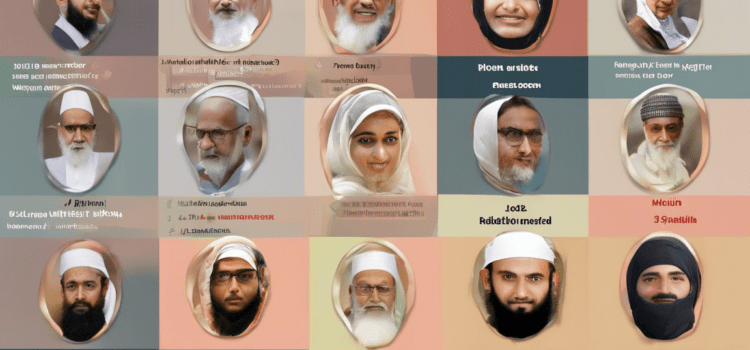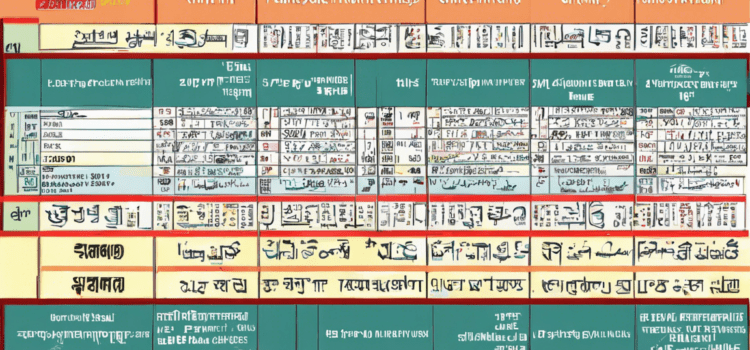The matchup between the Los Angeles Lakers and the Milwaukee Bucks is always highly anticipated, as it showcases two of the top teams in the NBA. One of the most intriguing aspects of this matchup is the battle between the superstars on each team and the different playing styles they bring to the court.
Let’s break down the player stats of some key players from both teams to see how they stack up against each other:
LeBron James (Lakers):
– Points per game: 26.9
– Assists per game: 10.8
– Rebounds per game: 8.2
– Field goal percentage: 51.3%
– Three-point percentage: 36.2%
Anthony Davis (Lakers):
– Points per game: 22.5
– Assists per game: 3.5
– Rebounds per game: 9.3
– Blocks per game: 2.3
– Field goal percentage: 51.1%
Giannis Antetokounmpo (Bucks):
– Points per game: 29.6
– Assists per game: 5.8
– Rebounds per game: 13.7
– Steals per game: 1.0
– Field goal percentage: 55.0%
Khris Middleton (Bucks):
– Points per game: 21.1
– Assists per game: 5.9
– Rebounds per game: 6.3
– Field goal percentage: 50.8%
– Three-point percentage: 43.1%
When comparing these stats, it’s clear that both teams have star players who excel in different aspects of the game. LeBron James and Giannis Antetokounmpo are both dominant forces on the court, with the ability to score, distribute the ball, and impact the game on both ends. Anthony Davis and Khris Middleton also play crucial roles for their respective teams, providing scoring, rebounding, and defensive contributions.
In terms of team statistics, the Lakers and the Bucks have slightly different styles of play. The Lakers are known for their defensive prowess, ranking among the top teams in the league in defensive efficiency. They excel in protecting the paint and contesting shots, thanks in large part to the presence of rim protectors like Davis. On the offensive end, the Lakers rely on the playmaking ability of LeBron James to create scoring opportunities for himself and his teammates.
On the other hand, the Bucks are known for their high-powered offense, led by the dynamic duo of Giannis Antetokounmpo and Khris Middleton. The Bucks play an uptempo style of basketball, looking to score in transition and utilizing the three-point shot as a key weapon. Defensively, the Bucks are also solid, with Antetokounmpo’s ability to guard multiple positions and protect the rim.
When these two teams face off, it’s always a thrilling matchup of contrasting styles. The Lakers’ defense against the Bucks’ offense creates an intriguing dynamic, as each team looks to impose its will on the game. Ultimately, the outcome often comes down to which team can execute its game plan more effectively on that given night.
Key Matchups to Watch:
-
LeBron James vs. Giannis Antetokounmpo: A battle of two MVP-caliber players who can dominate in multiple facets of the game.
-
Anthony Davis vs. Brook Lopez: A matchup of big men with different skill sets, with Davis looking to utilize his agility and scoring ability against Lopez’s size and shot-blocking.
-
Khris Middleton vs. Kentavious Caldwell-Pope: Two versatile wing players who can score and defend, making this a crucial matchup on the perimeter.
In Conclusion:
The matchup between the Los Angeles Lakers and the Milwaukee Bucks is always a must-watch event for NBA fans. With a star-studded lineup on both sides and contrasting styles of play, the games between these two teams never fail to deliver excitement and drama. Whether it’s the battle between LeBron James and Giannis Antetokounmpo or the strategic chess match between the coaching staff, there’s always something to keep fans on the edge of their seats when these two powerhouse teams face off.
Frequently Asked Questions (FAQs):
- Which team has the better overall record between the Lakers and Bucks?
-
The Milwaukee Bucks have had a better record in recent seasons compared to the Los Angeles Lakers.
-
Who won the most recent matchup between the Lakers and Bucks?
-
This information can vary based on the timing of the article; it’s best to check the latest game results for an updated answer.
-
Who are considered the top scorers on the Lakers and Bucks rosters?
-
LeBron James and Anthony Davis are the primary scorers for the Lakers, while Giannis Antetokounmpo and Khris Middleton lead the Bucks in scoring.
-
How do the playing styles of the Lakers and Bucks differ?
-
The Lakers excel in defense and rely on LeBron James’ playmaking, while the Bucks prioritize offense and three-point shooting with Giannis Antetokounmpo as their focal point.
-
Are there any injuries to key players that might impact the matchup between the Lakers and Bucks?
-
It’s advisable to check the latest injury reports closer to the game date for up-to-date information on player availability.
-
Which team has historically had the upper hand in head-to-head matchups between the Lakers and Bucks?
-
Historical head-to-head records can fluctuate, but statisticians often provide a comprehensive analysis of the teams’ past matchups.
-
Do the Lakers and Bucks have a strong rivalry in recent years?
-
While not as intense as some other rivalries in the NBA, the matchups between the Lakers and Bucks have gained significance due to the star power on both teams.
-
What are some key strategies each team might employ to gain an advantage over the other in their matchup?
-
The Lakers might focus on defense and controlling the pace, while the Bucks may look to push the tempo and exploit their three-point shooting.
-
Are there any upcoming games scheduled between the Lakers and Bucks that fans should be excited about?
-
Consult the NBA schedule to find out about any future matchups between the Los Angeles Lakers and the Milwaukee Bucks.
-
What are some potential X-factors or unsung heroes to watch for in the Lakers vs. Bucks matchup?
- Keep an eye on role players or bench contributors who may step up with impactful performances, as they can sometimes be the difference-makers in high-stakes games.









